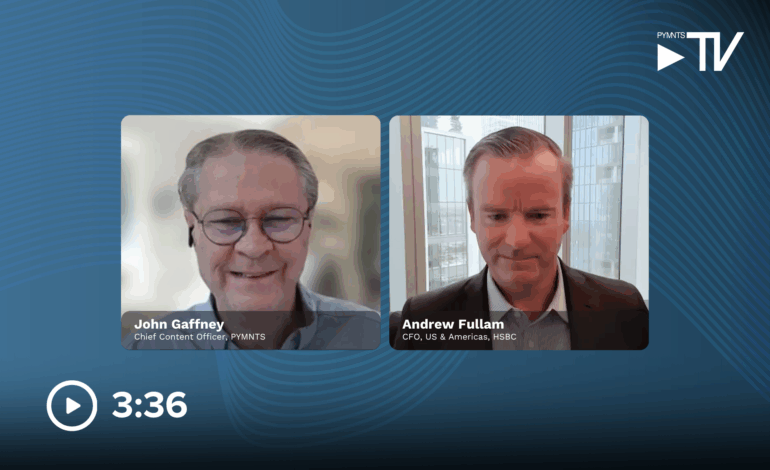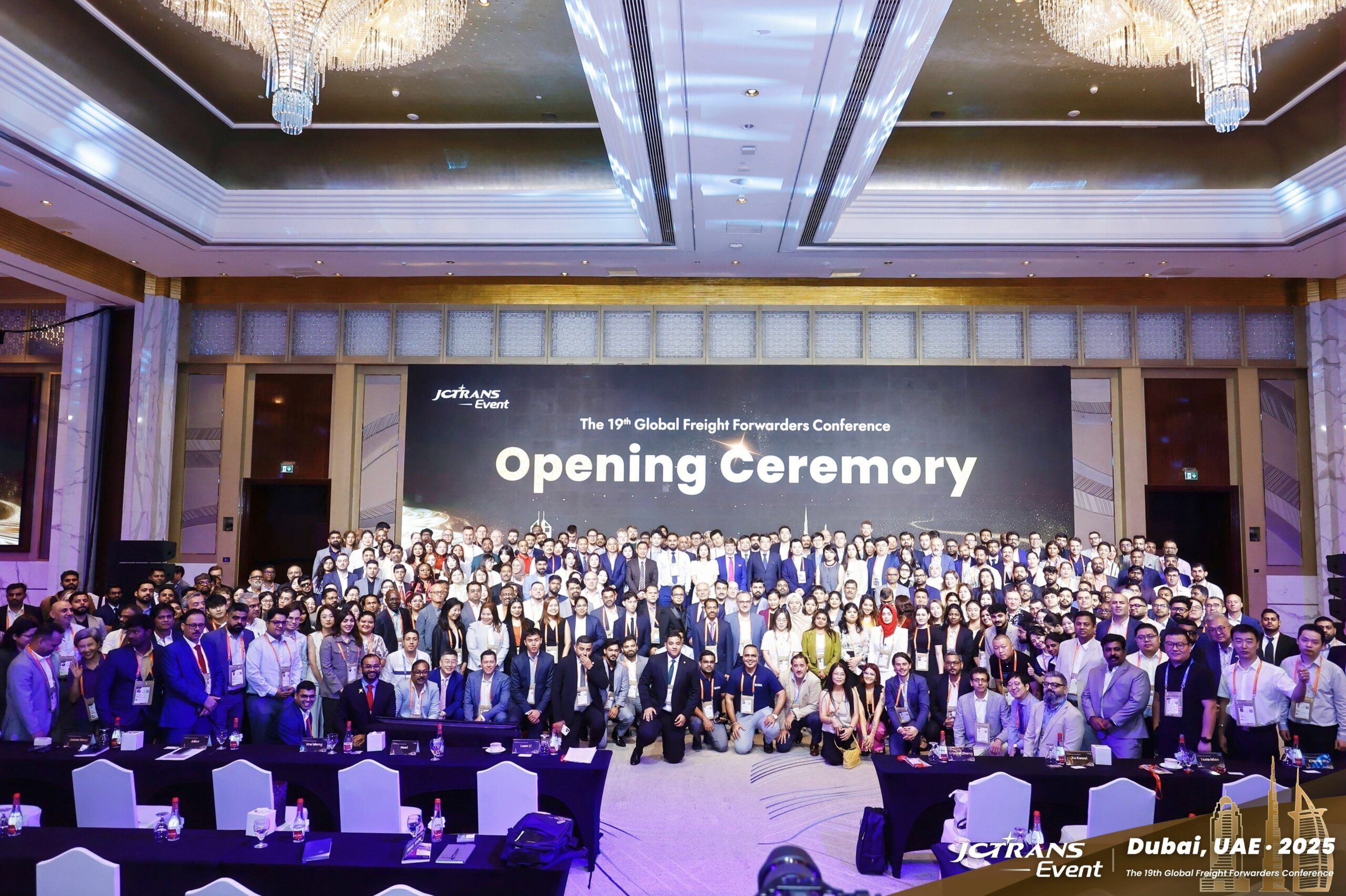Tariff Challenges Drive Supply Chain Innovations and Strategies

The evolving landscape of global trade is reshaping supply chain strategies as companies navigate the complexities of tariffs and rising costs. According to Andrew Fullam, Chief Financial Officer for the U.S. & Americas at HSBC, tariffs have transitioned from being mere policy levers to significant structural challenges for Chief Financial Officers and supply chain leaders.
Fullam noted that the situation is characterized by uncertainty, with various country-specific tariffs being negotiated alongside sectoral tariffs, particularly impacting industries like pharmaceuticals and semiconductors. “Country-specific tariffs have been agreed in some places with some partners,” Fullam explained. “This has been further complicated by carve outs.” The resulting complexity has led to a cautious approach among businesses, particularly in the international mid-market sector, which is a key focus area for HSBC.
As companies grapple with these challenges, a noticeable trend has emerged. Many have proactively increased imports, effectively front-loading inventory to mitigate the risk of future tariff hikes. “Tariffs, if you will, are kind of this year’s hot topic,” Fullam remarked, adding that the uncertainty has spurred innovation and encouraged firms to explore diversification in their supply chains and distribution models.
Mid-Market Companies Face Unique Pressures
The impact of tariffs is particularly pronounced among mid-market companies. These businesses often lack the size and resources to absorb the rising costs without transferring them to consumers. Fullam highlighted that such companies are facing challenges with lower sales volumes, which in turn exerts pressure on profit margins. “Mid-market companies are struggling a little more to absorb rising costs without passing it on to consumers,” he noted.
The challenges extend beyond just tariffs on finished goods. Companies are also dealing with increased input costs and broader commodity inflation. Fullam emphasized that the scale of operations matters significantly. “Whether that’s the direct impact of tariffs on imported end products or the increase in prices from suppliers and the commodities used to manufacture goods, scale matters,” he said.
In response to these challenges, many firms are reshaping their supply chains to mitigate tariff risks. A notable strategy is the “China plus one” approach, which involves maintaining Chinese sourcing while expanding capacity in other Asian nations or Latin America. This shift not only opens new opportunities for companies but also presents a chance for banks like HSBC to facilitate financing for suppliers in emerging markets.
Finance as a Strategic Advantage
One of the unique advantages that HSBC offers its clients is a broad perspective on global trade dynamics. Fullam explained that understanding how various governments may react to U.S. tariff policies is crucial for businesses operating in multiple markets. “Our clients tell us that one of the things they most value… has been the perspective that we can bring to them from operating in so many different environments,” he said.
The role of banks has evolved beyond traditional lending to encompass risk mitigation, particularly concerning foreign exchange volatility and interest rate exposure. Fullam emphasized the significance of efficiency in financial management. “How clients use their cash and unlock the best use of that across their balance sheet is a key part of how our bank and others are looking to help clients in this space,” he noted.
As companies continue to navigate the complexities of tariffs and supply chain dynamics, the emphasis on innovation and strategic financial management will likely remain critical. The challenges posed by tariffs may act as a catalyst for firms to rethink their supply chain strategies and foster resilience in the face of uncertainty. Fullam aptly summarized the ongoing transformation, stating, “How do I think about my supply chain differently? How do I remap that and therefore diversify and hopefully mitigate some of the impacts of tariffs and other things?”
Ultimately, the path forward will be defined by agility and a willingness to adapt as the global trade environment continues to evolve.






